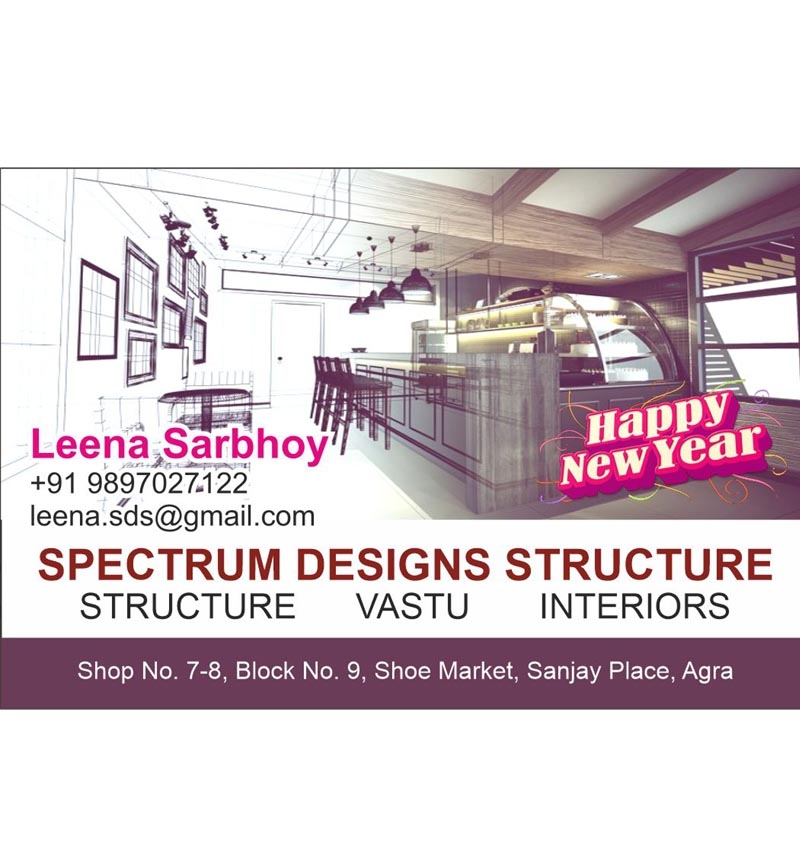Digital fabrication refers to the process of producing physical objects from digital designs using computer-controlled tools. It enables creators to turn virtual ideas into tangible products quickly and accurately. Common digital fabrication techniques include:
-
3D Printing – Building objects layer by layer from materials like plastic, resin, or even fabric.
-
Laser Cutting – Precisely cutting or engraving materials like wood, acrylic, or textiles.
-
CNC Machining – Carving materials like metal or wood into detailed forms using automated cutting tools.
-
Digital Textile Printing – Printing designs directly onto fabric using inkjet technology.
These technologies allow for customized, sustainable, and on-demand production, making it easier for designers to experiment and innovate.
🤖 AI-Enhanced Design: Creativity Powered by Intelligence
Artificial Intelligence (AI) is no longer limited to coding or automation. Today, it's a powerful creative partner. AI-enhanced design uses data, algorithms, and machine learning to assist and inspire designers in real-time. Here's how:
-
Trend Forecasting: AI analyzes global data to predict upcoming design trends, colors, and styles.
-
Design Generation: Tools like DALL·E, Midjourney, or RunwayML help generate visual concepts instantly.
-
3D Modelling & Simulation: AI-assisted platforms like CLO 3D and Adobe Firefly help create accurate 3D garment simulations and design iterations.
-
Customization: AI allows for designs tailored to individual preferences, body types, or local cultures.
The result? Faster workflows, smarter decisions, and more room for creativity.
🎨 Where Art Meets Technology
The combination of digital fabrication and AI design is changing the way we work across industries:
-
Fashion Design: Designers can now create garments digitally, simulate draping, and then produce them using 3D printing or laser cutting — all without traditional sewing.
-
Interior Design: AI suggests layouts, color palettes, and even furniture styles based on user input, while digital fabrication brings these ideas to life.
-
Product Design: From custom footwear to sustainable packaging, AI optimizes form and function while digital tools make the product real.
🌱 Sustainability Through Smart Design
One of the biggest advantages of these technologies is sustainability. Traditional manufacturing methods often result in overproduction and waste. Digital fabrication allows for on-demand production, reducing surplus and material waste. Meanwhile, AI helps make smarter, data-informed choices that lead to more efficient designs and supply chains.
🔮 The Future is Collaborative
As technology advances, the future of design will be a collaboration between human creativity and machine intelligence. Designers will act more like curators and storytellers, using AI and digital tools as extensions of their vision.
We can expect:
-
Clothes that adapt to weather or body temperature
-
Furniture that changes shape based on user needs
-
Hyper-personalized product lines tailored for micro-markets
💡 Final Thoughts
Digital fabrication and AI-enhanced design are not replacing designers — they are empowering them. These tools are making the creative process faster, smarter, and more sustainable. Whether you're a student, a startup founder, or an established designer, embracing these technologies can open up entirely new dimensions of innovation.



















Your Message